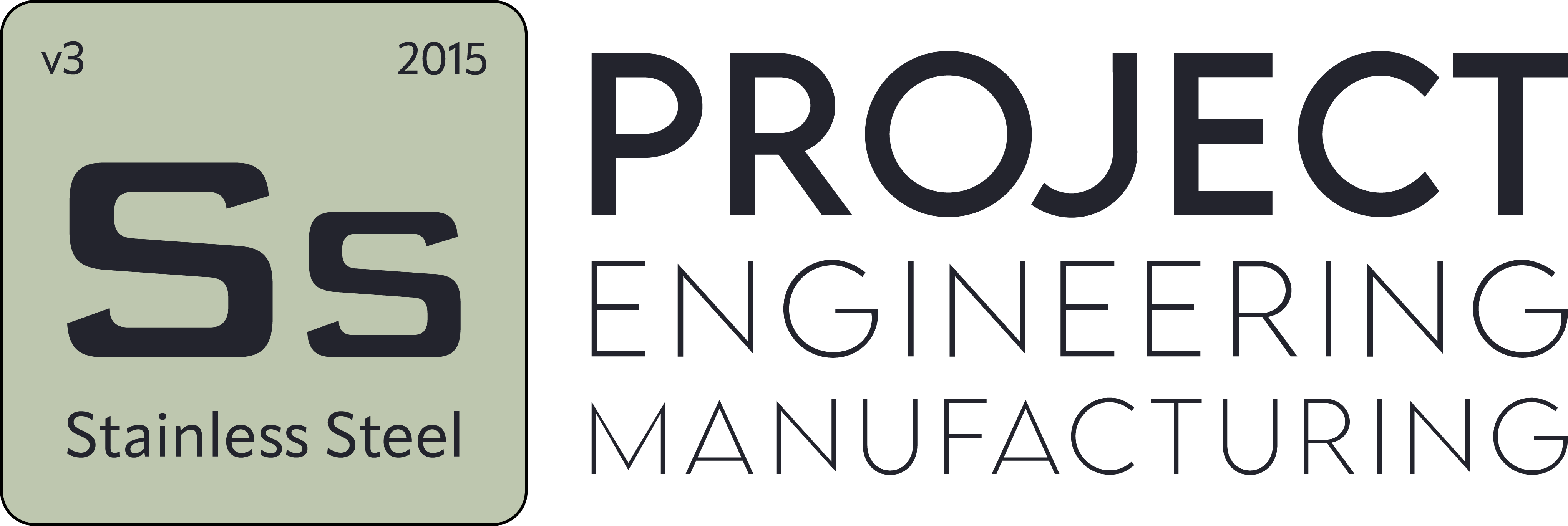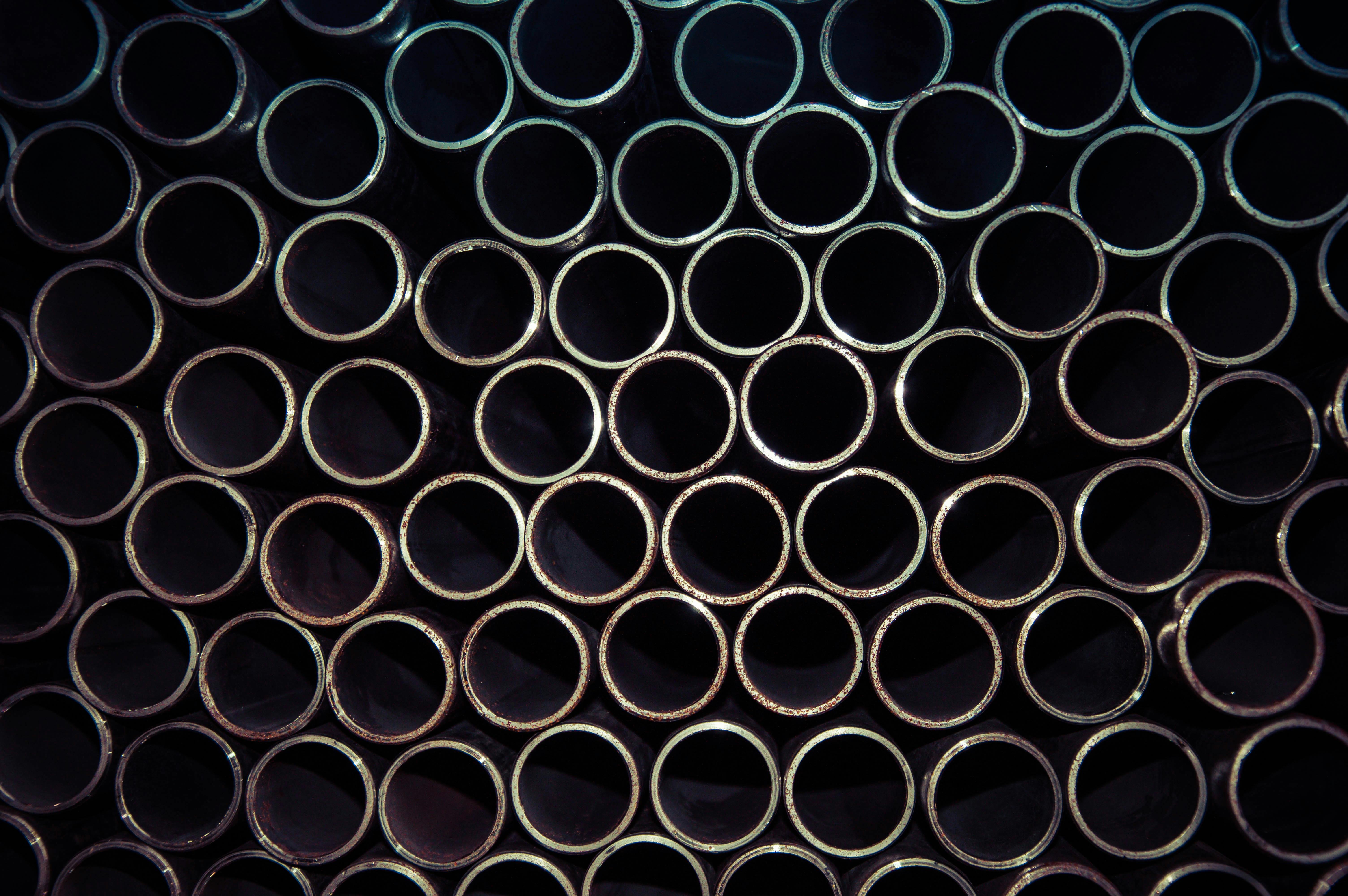Stainless Steel Types
- Blog
- Stainless Steel Types
Stainless Steel Types
Stainless steel is one of the most preferred metal alloys today with its high resistance to corrosion, durability and aesthetic appearance. Stainless steel, which finds a wide range of use in different sectors, is divided into various types by adding different amounts of chromium, nickel and other elements. These types are preferred in different areas of use because they have different features.
In this article, we will examine the types and properties of stainless steel in detail.
1. Austenitic Stainless Steels:
It is the most commonly used type of stainless steel. Chromium and nickel rates are high. It has high corrosion resistance, good formability and weldability. It is used in many areas such as kitchenware, medical equipment, construction materials and food industry equipment.
Subtypes of austenitic stainless steels are:
- 304: It is the most commonly used type of austenitic stainless steel. It is used in many areas such as kitchenware, medical equipment and food industry equipment.
- 316: It has higher molybdenum content than 304. It is more resistant to saltier environments. It is used in areas such as the chemical industry, maritime and oil industry.
- 309S: Resistant to high temperatures. It is used in areas such as ovens, boilers and heat exchangers.
- 347: Resistant to carbide precipitation. It is used in welded structures.
2. Ferritic Stainless Steels:
It contains less nickel and is magnetic. It has lower corrosion resistance than austenitic stainless steels. It is cheaper and can be processed more easily. It is used in architectural and decorative applications, automotive parts and white goods.
Subtypes of ferritic stainless steels are:
- 430: The most commonly used type of ferritic stainless steel. It is used in architectural and decorative applications.
- 409: Used in automotive exhaust systems.
- 446: Resistant to high temperatures. It is used in areas such as furnaces and heat exchangers.
3. Martensitic Stainless Steels:
It has high strength and hardness. It can be hardened by heat treatment. It is used in areas such as cutting tools, knives and gears.
Subtypes of martensitic stainless steels are:
- 420: Used in cutting tools such as knives, knives and scissors.
- 410: Used in automotive parts and springs.
- 440: Used in applications where high strength and hardness are required.
4. Duplex Stainless Steels:
It combines the properties of austenitic and ferritic stainless steels. It has high corrosion resistance, high strength and good weldability. It is used in areas such as the chemical industry, maritime and oil industry.
Subtypes of duplex stainless steels are:
- 2205: The most commonly used duplex stainless steel type. It is used in the chemical industry and maritime.
- 2304: It has higher nickel content. It is more resistant to saltier environments.
- 2507: It has high strength and corrosion resistance. It is used in the oil industry.
5. Precipitation Hardened Stainless Steels:
It is hardened by the addition of elements such as aluminum, titanium and niobium. It has high strength, hardness and corrosion resistance. It is used in the aerospace industry, medical implants and high-performance equipment.
Subtypes of precipitation hardened stainless steels are:
- 17-4 PH: Used in the aviation and space industry.
- A286: Resistant to high temperatures. It is used in gas turbines.
- 15-5 PH: Used in medical implants.
6. Other Types of Stainless Steel:
In addition to the types listed above, there are many different types of stainless steel developed for specific purposes.
Things to Consider When Choosing Stainless Steel:
When choosing stainless steel, it is important to choose the appropriate type for the intended use. Different types of stainless steel have different properties. For example, stainless steel to be used in the food industry must be a type with a high nickel content to be hygienic. Stainless steel to be used in the chemical industry must be a type with a high chromium content to be resistant to corrosion.
Stainless steel is a durable and versatile material that finds a wide range of uses in many different sectors with its different types and properties. It is possible to make the most of the advantages of stainless steel by choosing the type suitable for the intended use.


